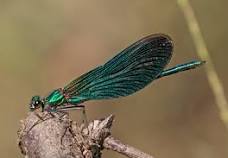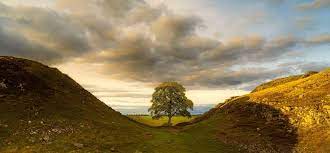Damselfly species found in Western Ghats named after climate impact on insects.
Damselflies
Armageddon reedtail

A staunch Gandhian from Tamluk, Bengal, Matangini Hazra fell to British bullets on September 29, 1942, while leading a Quit India Movement march.
The recently concluded G-20 Declaration, among its many commitments, reiterated the need to pursue reform of the World Trade Organization (WTO) to improve all its functions and conduct proactive discussions.
WTO Dispute Settlement system
Investor-State-Dispute Settlement (ISDS)
A study led by an IIT Kanpur scientists has found that an ‘extreme monsoon event’ occurred around 11,000 years ago and predict it could happen again today.
Gravel-sand transition
Hyper concentrated flows
Kosi River
The Hindu – Ancient Kosi super flood could happen again
A 300-year-old tree in England that was famous for its beauty and unique location was cut down by a teenage boy.
Sycamore

The Hadrian Wall